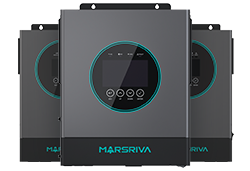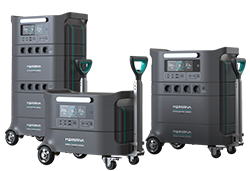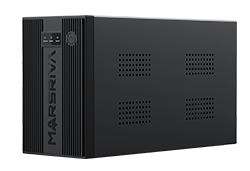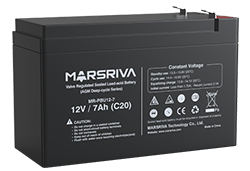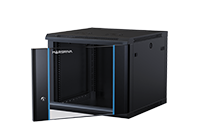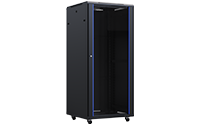Learn the latest in tech and more
What's the UPS?
Author:
Time:2022-07-28
UPS stands for "Uninterruptible Power Supply". It is a device that provides backup power to electronic equipment when the main power source fails. UPS systems are commonly used to protect computers, data centers, telecommunications equipment, and other critical devices from unexpected power outages, ensuring that they continue to operate without interruption.
A UPS typically has three primary functions:
1. Backup Power: It provides temporary power during an outage, allowing you to safely shut down devices or keep them running for a short period.
2. Power Conditioning: It regulates the power supply, smoothing out voltage spikes, sags, or other fluctuations to prevent damage to connected equipment.
3. Surge Protection: It protects against power surges that can occur due to lightning strikes, power grid issues, or other causes.
UPS systems vary in size and capacity, ranging from small units designed for personal computers to large systems that can power entire data centers.
Now let's break down the concept of a UPS (Uninterruptible Power Supply) more specifically :
1. Purpose of a UPS
*A UPS is designed to provide emergency power to a load (e.g., a computer, server, or other electrical equipment) when the main power source fails.
*It ensures that critical systems continue to operate without interruption, preventing data loss, equipment damage, or downtime.
2. How a UPS Works
*Normal Operation: When the main power (usually from the grid) is available, the UPS charges its internal battery while simultaneously supplying power to the connected equipment.
*Power Failure: If the main power source is interrupted (e.g., due to a blackout or power surge), the UPS switches to battery power almost instantaneously. This switch is fast enough (typically in milliseconds) that the connected equipment continues running without any noticeable interruption.
*Power Restoration: When the main power returns, the UPS switches back to using the main power, recharges its battery, and continues normal operation.
3. Key Components of a UPS
*Battery: Stores electrical energy for use during a power outage.
*Inverter: Converts the stored DC (Direct Current) power from the battery into AC (Alternating Current) power, which is used by most electronic devices.
*Rectifier/Charger: Converts incoming AC power to DC to charge the battery.
*Automatic Transfer Switch (ATS): Instantly switches the power supply from the main source to the battery in the event of a power failure.
4. Types of UPS Systems
*Standby (Offline) UPS: Provides basic power protection and is typically used for small office or home environments. It switches to battery power only when the main power fails.
*Line-Interactive UPS: Offers improved power conditioning and is suitable for environments with frequent voltage fluctuations. It adjusts the voltage automatically and provides battery backup during outages.
*Online (Double-Conversion) UPS: Provides the highest level of protection by continuously converting incoming AC power to DC and then back to AC. This ensures a consistent, clean power supply, making it ideal for critical applications like data centers and medical equipment.
5. Applications of UPS
*Personal Computers: To prevent data loss and hardware damage during power outages.
*Servers and Data Centers: To maintain uptime and protect critical data.
*Telecommunications Equipment: To ensure continuous communication even during power disruptions.
*Industrial and Medical Equipment: To protect sensitive equipment where even a brief interruption could be costly or dangerous.
In summary, a UPS is a crucial device that acts as a bridge between your equipment and the main power supply, ensuring continuous operation during power disruptions and protecting against electrical anomalies.
Last Page
Next Page
Last Page
Next Page
Privacy Policy 丨 Powered by www.300.cn
SAF Coolest v1.3.1.2 设置面板 RMISS-AFRF-JZSQE-XFV
无数据提示
Sorry,The Current Column Is Being Updated
Please Stay Tuned!


